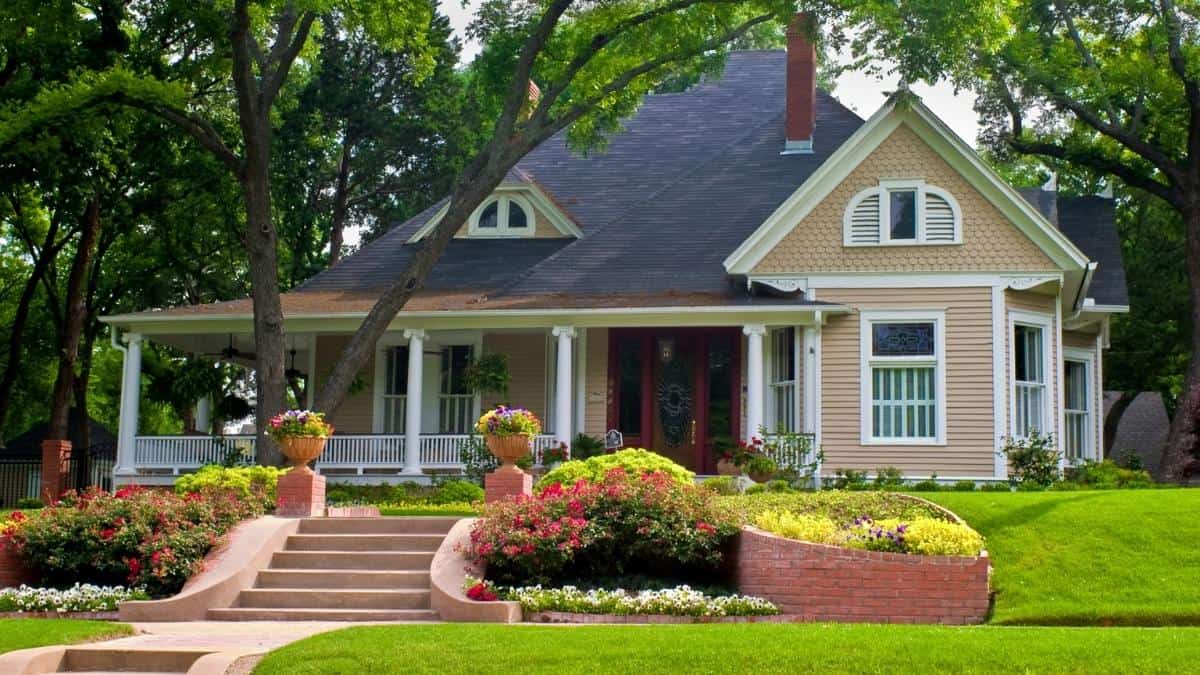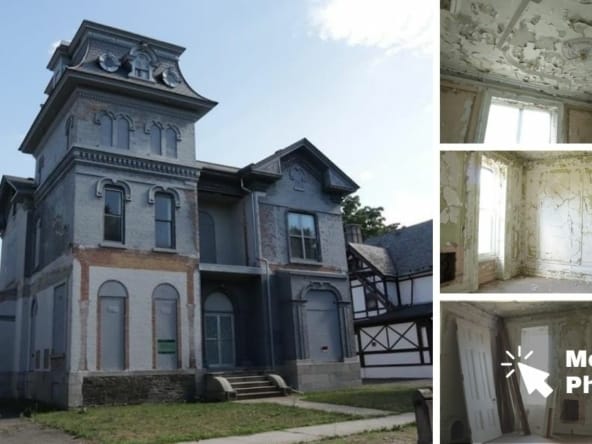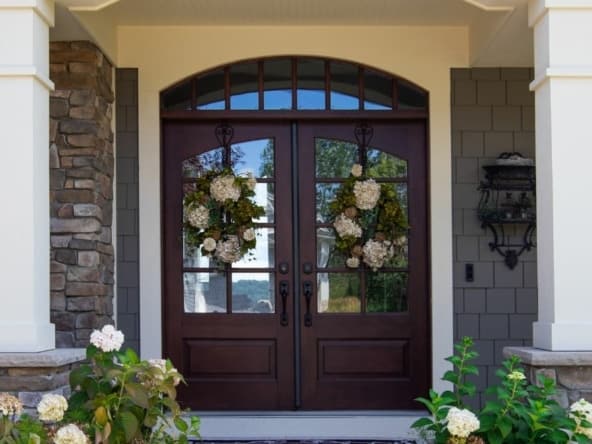Are you buying a 1930s house? There are pros and cons to consider. Here’s what to look for and what well-built means.
The 1930s was a decade of significant change. In the United States, the Great Depression began in 1929 and lasted until about 1939. This period saw the rise of Franklin D. Roosevelt and his New Deal programs and the start of World War II.
In home construction, the 1930s was a time of great experimentation. Builders used new building materials for the first time, and architects were pushing the boundaries of what a home could be.
As a result, 1930s houses can be both well built and poorly built. It depends on the materials, the builders’ craftsmanship, and the house’s overall design.
1930s Architecture
1930s houses are considered antique homes. Red brick exteriors are standard, and doors and window frames are often the same color. These are simple homes without many rooms and rarely more than two floors.
The minimal traditional style of 1930s homes can be a selling point for some buyers. These houses have a certain charm that many newer homes lack. These homes often feature large rooms, hardwood floors, and interesting architectural details.
On the other hand, some buyers find 1930s homes too small and outdated. The lack of storage space and modern amenities can be a turn-off. And the older construction methods used in many 1930s homes can make them difficult to maintain.
The Depression led people to seek functional homes that did not cost much. Construction for these homes was inexpensive but sturdy, and these homes were in high demand for decades.
However, the 1930s was also a time when many people lost their homes due to foreclosure. Some houses were cheaply built and not well maintained. Most of these homes are gone because poorly constructed homes generally do not remain habitable for 100 years.
People were also tired of Victorian-era splendor and wanted something more modern, which resulted in the construction of many art deco homes by those who could afford them. These homes are characterized by their streamlined design and often have nautical themes.
Some people love art deco homes, while others find them too busy or dated. It is essential to see several examples of this style before deciding.
What Defines a Well-Made 1930s House?
Well-made can mean different things to different people, but there are certain qualities that all well-made homes share.
Solid Construction
Look for houses built with quality materials and sound construction methods. Avoid homes that have been poorly maintained or had significant renovations done without proper permits.
Good Bones
A well-built house will have good bones, meaning it has a strong foundation and a layout that flows well. Avoid homes with structural problems or that feel cramped and uncomfortable.
Original Features
Many 1930s houses have unique features you won’t find in newer homes. Embrace these original details and consider them when making your decision. These small touches can give your house personality and charm.
Functional Layout
The layout of a 1930s house is often more functional than newer homes. Look for a design that makes sense for the way you live. Avoid places with outdated or awkward layouts that will need major renovation.
Energy Efficiency
Many 1930s houses are not energy-efficient. Look for homes that have modern power-saving features. These updates can help you save money on your energy bills.
Modern Electric & Plumbing
Are the wiring and plumbing original, or have upgrades been completed over the years? If the house still has its original wiring and plumbing, it’s not up to today’s safety standards.
Modern Heating & Cooling
Are the HVAC systems modern? Consider the cost of updating these systems if there’s an ancient furnace in the house.
No Dangerous Materials
You’ll need to watch for lead paint and asbestos in a house nearly 100 years old. Always hire a professional to remove these materials.
Modern Insulation
1930s houses didn’t have the same insulation standards as today. If you’re planning to live in a colder locale, be sure to factor in the cost of upgrading the insulation.
Modern Windows
Many 1930s homes have single-pane windows. These are drafty and not energy-efficient. You’ll want to add in the cost of replacing the windows if you buy a 1930s house.
Read More: Does the Age of a House Matter?
How Can You Determine if a Home Is Well-Built?
The 1930s houses still standing and in decent condition are probably well-built. The poorly built houses have been torn down or collapsed.
There are some potential drawbacks to buying a 1930s house. One is that they do not meet today’s standards, which means they are potentially drafty and could have structural issues.
Having a professional inspector check out any 1930s house you’re considering buying is essential. They can help identify potential problems and advise whether the house is a good investment.
The Bottom Line
Create a realistic budget. There’s a reason why many old homes are called money pits. If you don’t know what you need to upgrade, repair, and replace, you may be going way over what you intended to spend.
1930s houses can be well built, but it’s important to check them carefully before making an offer. A 1930s house can be a great place to call home with proper care and maintenance.
While there are risks to buying a 1930s house, there are also many rewards. If you research and work with an experienced real estate agent, you can find a well-built home full of character and charm.
Final Thoughts
Though the style of houses from the 1930s has grown in popularity recently, there are still some pros and cons to go over before buying one. Weigh the good and the bad to decide if a 1930s house is right for you.
We’ve described what to look for and what “well-built” means so you can make an informed decision before purchasing a home from this era.




